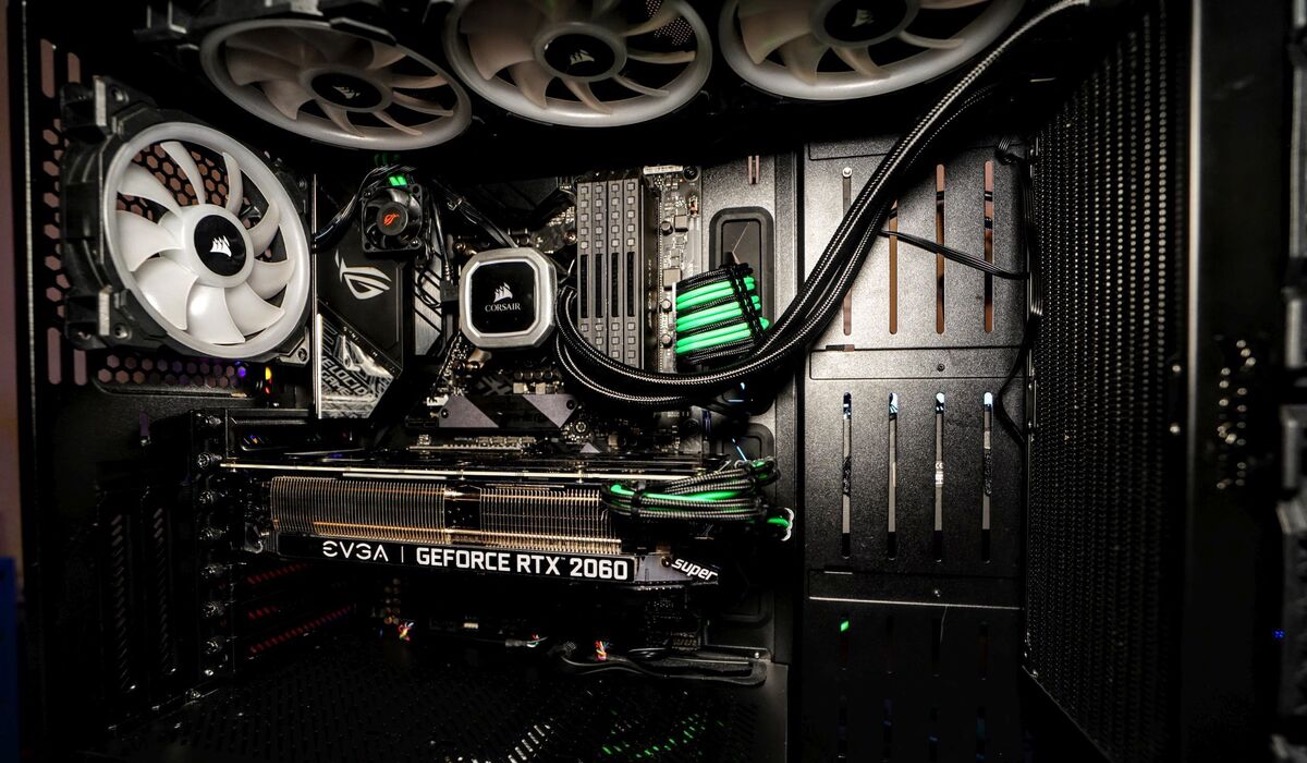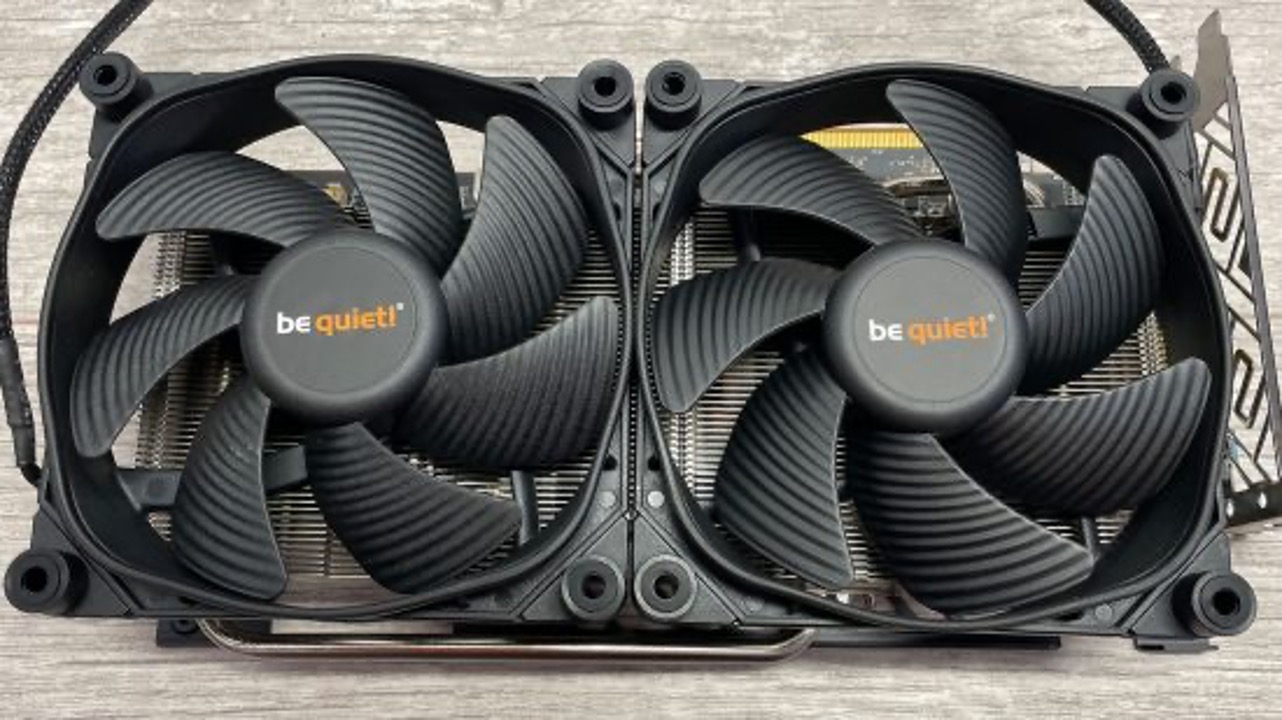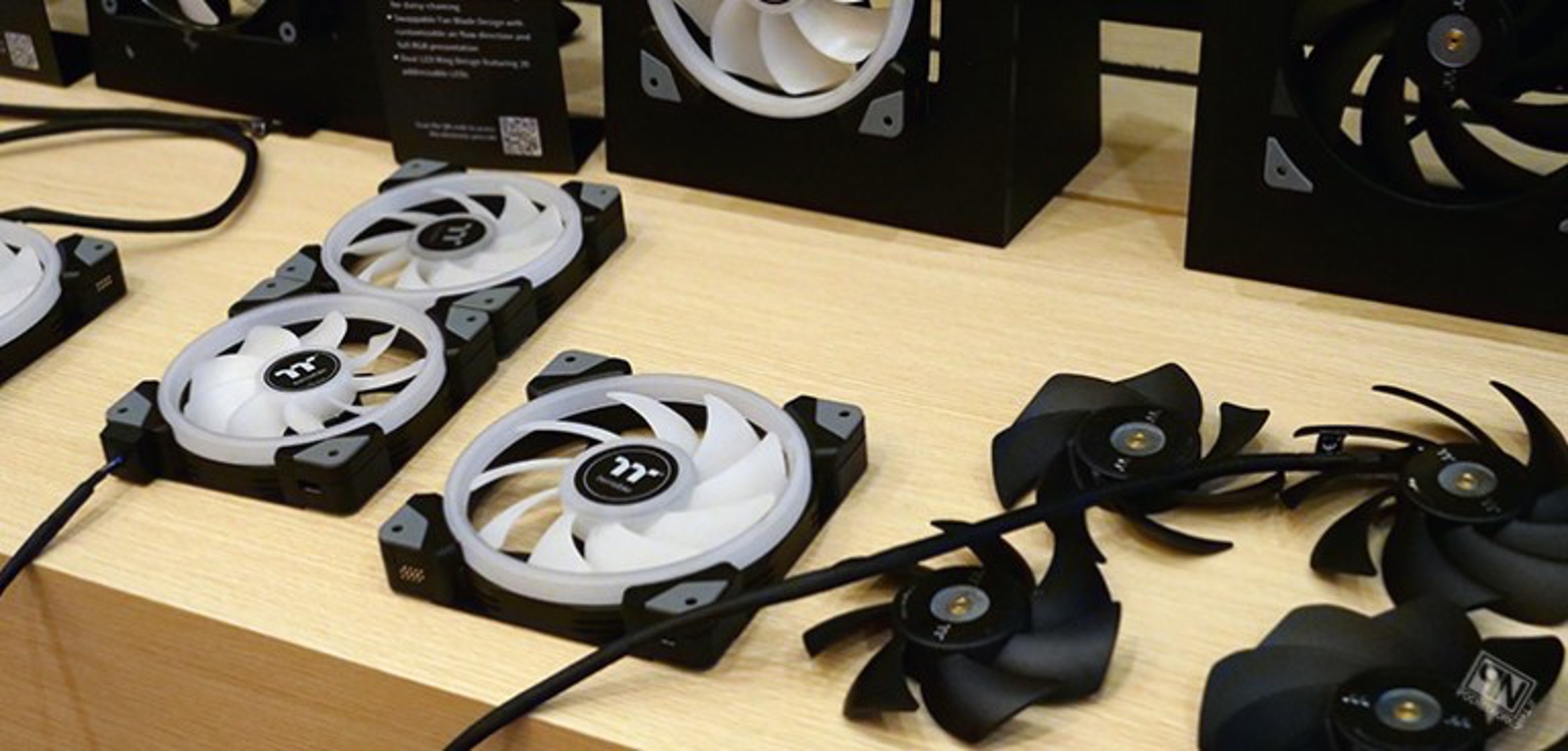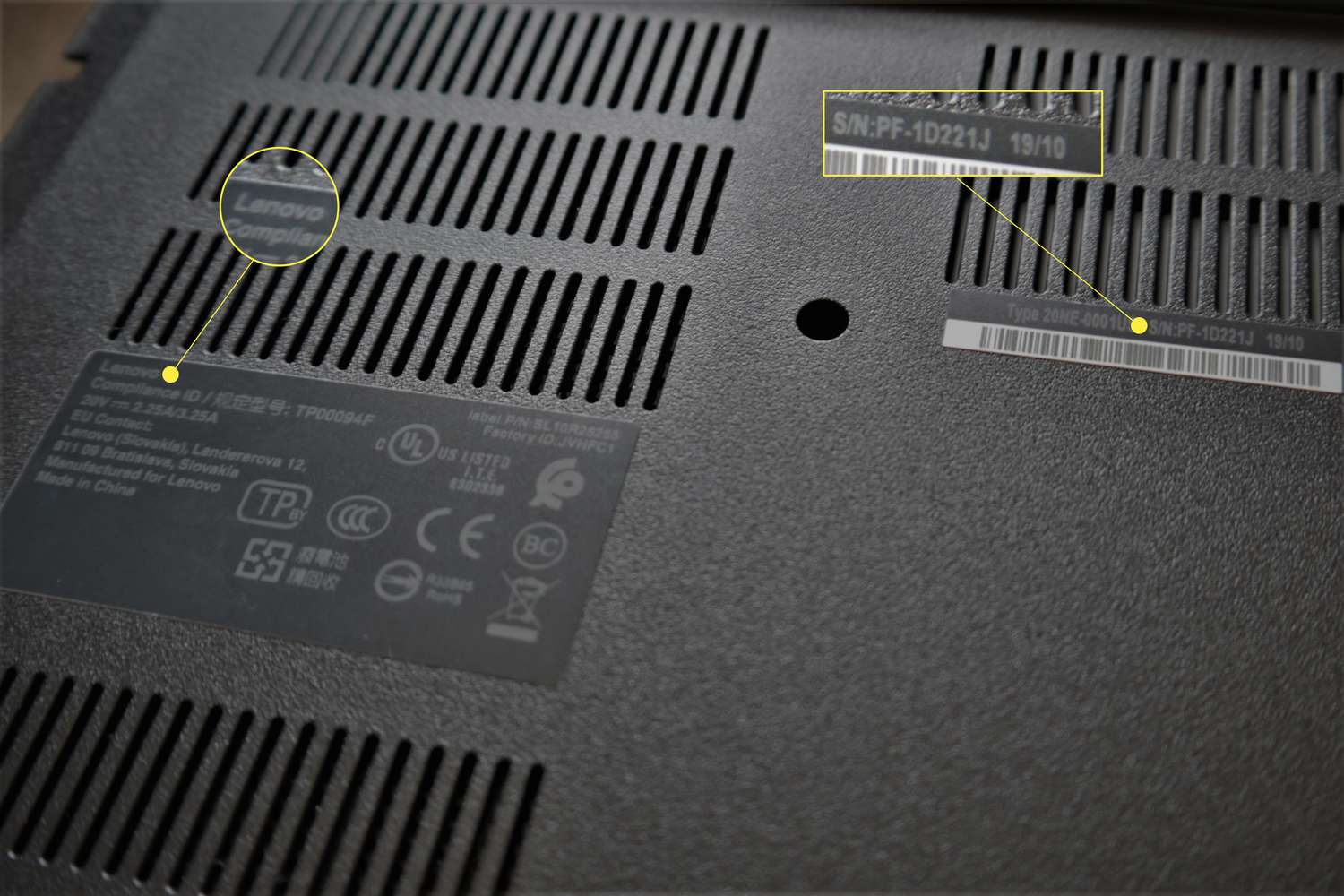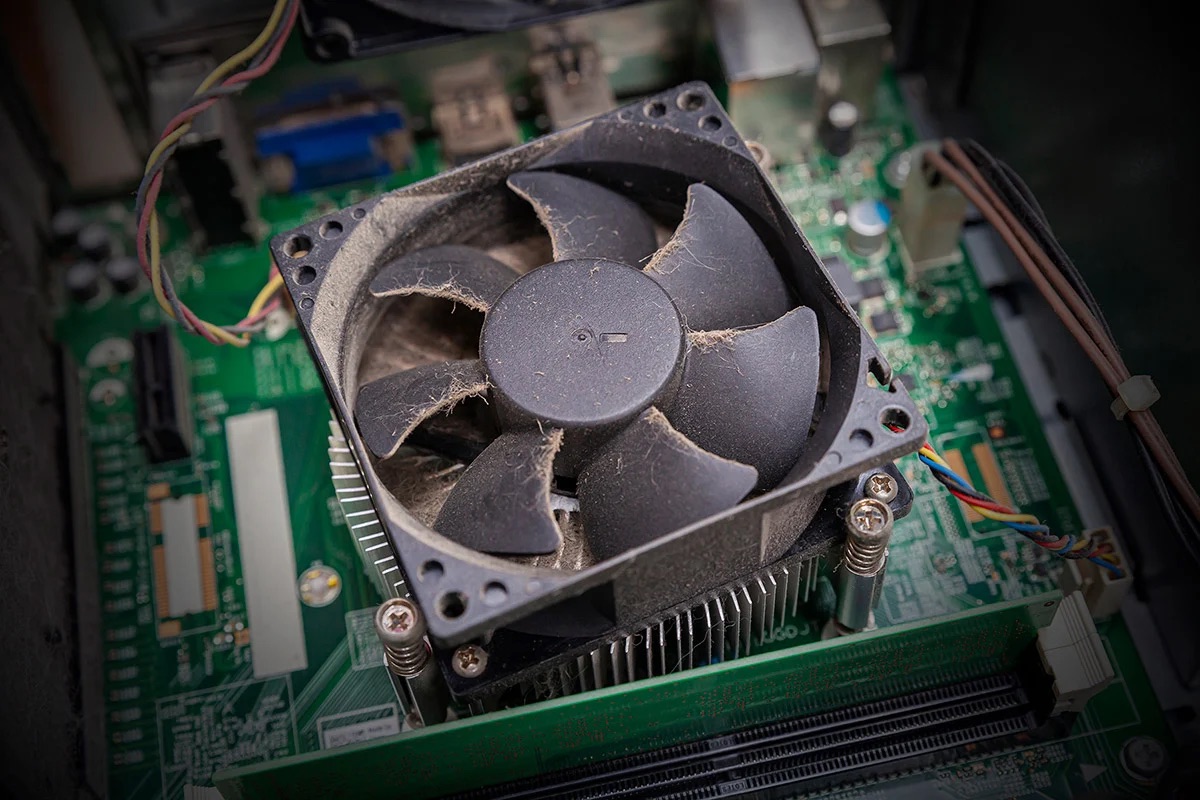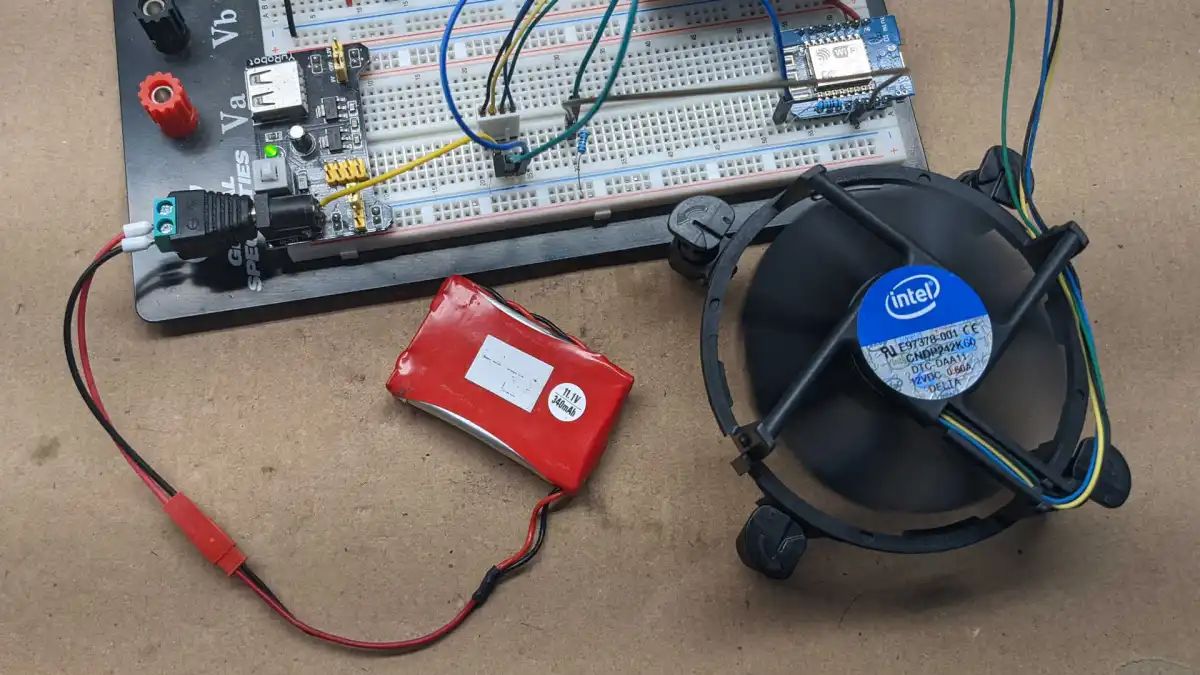Introduction
Case fans play a crucial role in keeping our computers cool and preventing overheating. However, in some cases, the default fan speed may be too high, resulting in unnecessary noise and increased power consumption. Fortunately, there are several methods to slow down a case fan and strike the perfect balance between cooling performance and quiet operation.
In this article, we will explore five effective methods for slowing down a case fan. Whether you are a computer enthusiast or a casual user, these techniques can help you customize your fan speed settings to meet your specific needs.
Before we dive into the details, it’s essential to note that different methods may work better with particular types of case fans or computer systems. It’s a good idea to familiarize yourself with the specifications of your equipment and consult any accompanying documentation to ensure compatibility and safety.
Now, let’s explore the various methods that can help you slow down your case fan and enjoy a quieter computing experience.
Method 1: Using a Fan Speed Controller
One of the most effective ways to slow down a case fan is by using a fan speed controller. A fan speed controller is a device that allows you to manually adjust the speed of your case fan, giving you precise control over its performance.
To use a fan speed controller, you will need to install it between the power source and the fan itself. These controllers come in various forms, including physical knobs, sliders, or digital panels. Some advanced fan speed controllers even offer the ability to adjust fan speed automatically based on temperature sensors.
Using a fan speed controller gives you the flexibility to find the optimal balance between cooling and noise levels. By reducing the voltage or power supplied to the fan, you can slow down its speed and decrease its noise output. However, it’s essential to note that lowering the fan speed too much may result in inadequate cooling, so it’s crucial to monitor your system temperatures closely.
Fan speed controllers are widely available online and in computer hardware stores. When purchasing one, ensure that it is compatible with your case fan’s power requirements and has the necessary connectors for easy installation. Always follow the manufacturer’s instructions when installing and using a fan speed controller to ensure safe and optimal performance.
Overall, using a fan speed controller is a convenient and effective method for slowing down a case fan. It allows you to fine-tune the fan speed to achieve the perfect balance between cool operation and minimal noise.
Method 2: Using a Resistor
Another method for slowing down a case fan is by using a resistor in the circuit. A resistor is an electrical component that creates resistance and lowers the voltage passing through it.
To utilize this method, you will need to determine the appropriate resistor value based on your case fan’s voltage and current requirements. This information can typically be found in the fan’s specifications or on its label. Once you have the necessary resistor, you can connect it in series with the fan to reduce the voltage reaching the fan motor.
It’s crucial to choose a resistor with the correct wattage rating to avoid overheating or damage. Refer to the resistor’s datasheet or consult an electronics expert if you are unsure about the correct wattage to use.
When connecting the resistor, it’s important to ensure a secure and stable connection. Use appropriate wire connectors or soldering techniques to join the resistor and the fan. Take note of the polarity and make sure you connect the positive terminal of the fan to the appropriate side of the resistor.
Keep in mind that using a resistor to slow down a case fan may result in a slight reduction in airflow and cooling performance. It’s essential to monitor your system temperatures and ensure that they remain within safe limits. If you notice any signs of overheating, you may need to adjust the resistor value or consider alternative methods to maintain adequate cooling.
Overall, using a resistor can be an effective and cost-efficient method for slowing down a case fan. It allows you to control the fan speed by reducing the voltage, enabling you to strike a balance between noise reduction and cooling performance.
Method 3: Using a Voltage Regulator
Using a voltage regulator is another effective method for slowing down a case fan and controlling its speed. A voltage regulator is an electronic component that regulates the voltage provided to a device by maintaining a steady output voltage, regardless of input fluctuations.
To use a voltage regulator, you will need to select a suitable regulator based on the voltage and current specifications of your case fan. There are different types of voltage regulators available, such as linear regulators and switching regulators. Choose one that is compatible with your fan’s power requirements.
Once you have the voltage regulator, you will need to wire it between the power source and the fan. Follow the manufacturer’s instructions and refer to the regulator’s datasheet for proper wiring and connection details. Ensure that you connect the input and output terminals correctly to maintain the desired voltage reduction.
Using a voltage regulator provides you with a more stable and precise control over the fan’s speed compared to other methods. You can adjust the voltage output of the regulator to slow down or speed up the fan according to your preferences. Keep in mind the cooling requirements of your system and monitor the temperatures to prevent any overheating issues.
It’s important to note that voltage regulators may generate some heat during operation, especially if the voltage drop is significant. Ensure adequate ventilation and cooling for the voltage regulator to maintain its efficiency and reliability.
Overall, using a voltage regulator is a reliable and efficient method for controlling the speed of a case fan. It offers precise voltage adjustment and allows you to customize the fan’s performance for optimal cooling and noise reduction.
Method 4: Modifying the Fan Blades
If you are looking for a DIY solution to slow down a case fan, modifying the fan blades can be a viable option. By altering the shape or size of the fan blades, you can affect the airflow and subsequently reduce the fan speed.
Before attempting any modifications, it’s important to note that altering the fan blades can impact the fan’s balance and overall performance. Proceed with caution and be prepared for potential risks or limitations associated with this method.
One approach to modifying the fan blades is by adding weight to them. This can be done by attaching small weights, such as adhesive metal strips or washers, to the fan blades. The added weight will increase resistance, leading to slower rotation and reduced fan speed.
Another method is to trim or reshape the fan blades. This can be achieved by carefully cutting or grinding sections of the fan blades to alter their shape. Be cautious not to cut too much or compromise the integrity of the fan blades, as this could cause imbalance or damage to the fan.
It’s important to note that modifying the fan blades may impact the fan’s performance and cooling efficiency. The airflow may be affected, potentially leading to higher temperatures within your system. It’s crucial to monitor the temperatures and ensure that they remain within safe limits after making any modifications.
Additionally, modifying the fan blades may void any warranty or support provided by the manufacturer. Consider these implications before proceeding with any alterations.
Overall, modifying the fan blades can be a DIY solution for slowing down a case fan. However, it is essential to proceed with caution, monitor system temperatures, and be aware of any potential risks or impacts on the fan’s overall performance.
Method 5: Adjusting Power Settings
Another simple yet effective method for slowing down a case fan is by adjusting the power settings of your computer system. This method allows you to control the fan speed by altering the power supplied to the fan through software or BIOS settings.
To adjust the power settings, you can start by accessing the BIOS (Basic Input/Output System) of your computer. This is done by restarting your computer and pressing a specific key during the boot-up process, usually indicated by a message on your screen. Once in the BIOS, navigate to the section related to power management or fan control.
Depending on your computer’s BIOS and motherboard, you may have options to adjust the fan speed or fan control mode. Look for settings such as “Fan Speed Control” or “Q-Fan Control” and enable or adjust them accordingly. Keep in mind that the available options and terminology may vary depending on your specific hardware.
If you prefer a software-based solution, many manufacturers provide dedicated applications or utilities that allow you to customize fan settings. These applications often provide more advanced features, such as creating customized fan curves based on temperature or CPU load.
It’s important to note that adjusting power settings to slow down a case fan may result in reduced cooling performance. Make sure to monitor your system’s temperatures and ensure they remain within safe limits during normal operation and under heavy loads. If you notice any signs of overheating, consider adjusting the fan settings or revert to default settings.
Overall, adjusting power settings is a convenient and straightforward method for slowing down a case fan. Whether through BIOS settings or software utilities, this method provides you with greater control over fan speed and noise levels, allowing you to achieve the ideal balance between cooling performance and noise reduction.
Conclusion
Slowing down a case fan can significantly improve the acoustic performance of your computer system while maintaining adequate cooling. In this article, we explored five effective methods to achieve this goal: using a fan speed controller, using a resistor, using a voltage regulator, modifying the fan blades, and adjusting power settings.
Each method has its own advantages and considerations, allowing you to choose the approach that suits your specific needs and technical expertise. Fan speed controllers provide precise control over fan speed, while resistors and voltage regulators offer simplified and cost-effective solutions. Modifying fan blades is a DIY option that requires caution and monitoring, and adjusting power settings through BIOS or software utilities enables easy customization.
When implementing any of these methods, it’s crucial to monitor your system temperatures and ensure they remain within safe limits. Overheating can be detrimental to your computer’s performance and longevity.
Before proceeding with any modifications or hardware interventions, always consult the documentation provided by your fan manufacturer and consider potential warranty implications. If you are unsure about any technical aspects or do not feel comfortable performing the modifications yourself, it is recommended to seek assistance from a qualified professional.
By utilizing one or more of these methods, you can achieve the perfect balance between cooling efficiency and reduced noise levels, providing a more pleasant and enjoyable computing experience.







